Visto Mouldings Manufacture Skirting, Cornice & Laminated Flooring
Certified Laminated Flooring
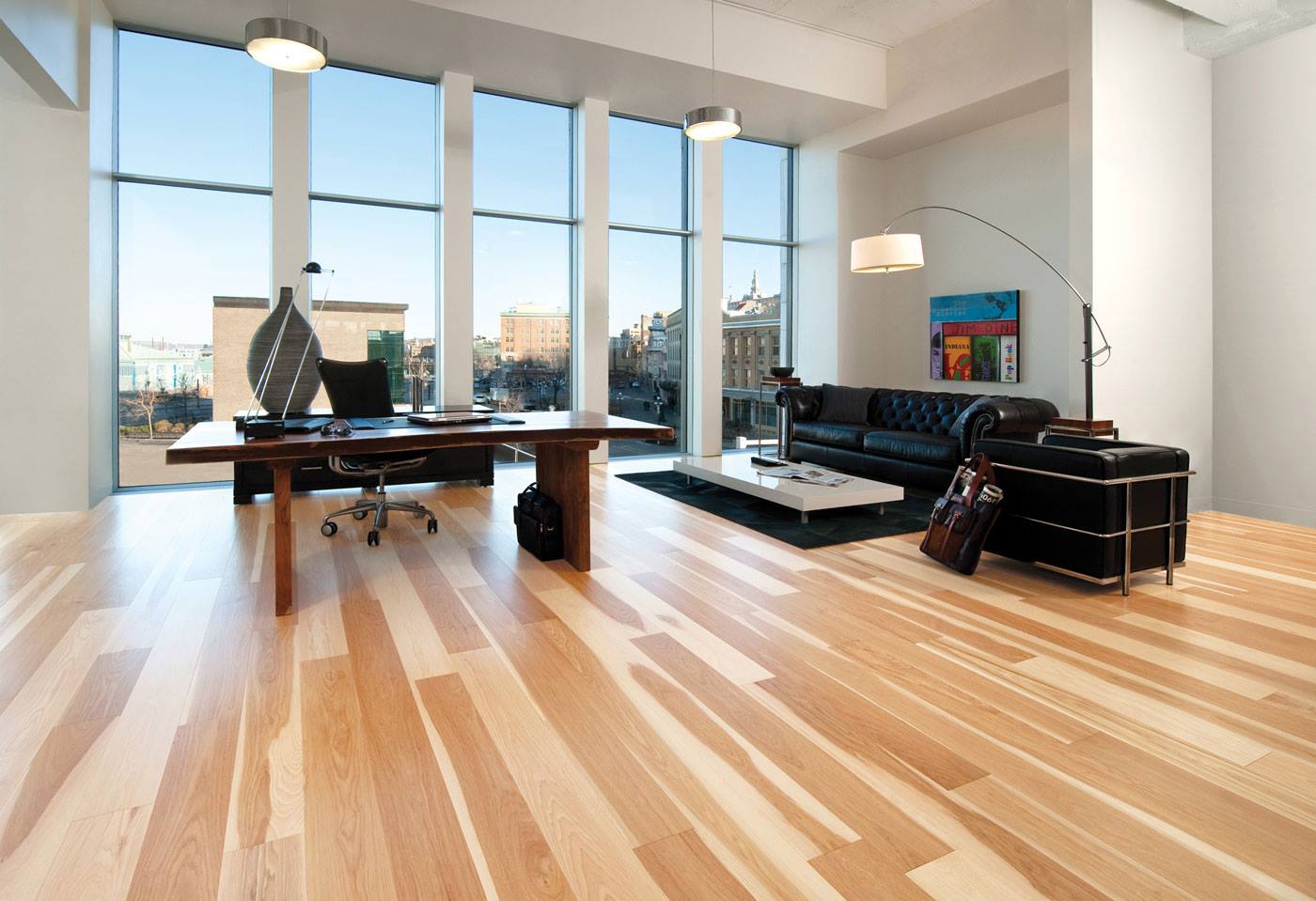
The association of European Producers of Laminate Flooring, EPLF e.V. (based in Bielefeld, Germany), has been actively involved in European and international standardization work ever since it was founded. Many of the standards established could not have been achieved without the input and expertise of the EPLF and its association members. The development and constant improvement of the product and testing standards within the EPLF is the main task of the Technical Committee, which has been successfully managed by Dr. Theo Smet since 2002. Smet also skillfully handles the EPLF's lobbying work in terms of CEN and ISO standardization. Standardization work ensures the constant quality assurance of the products on the market, thus sustainably promoting consumer protection
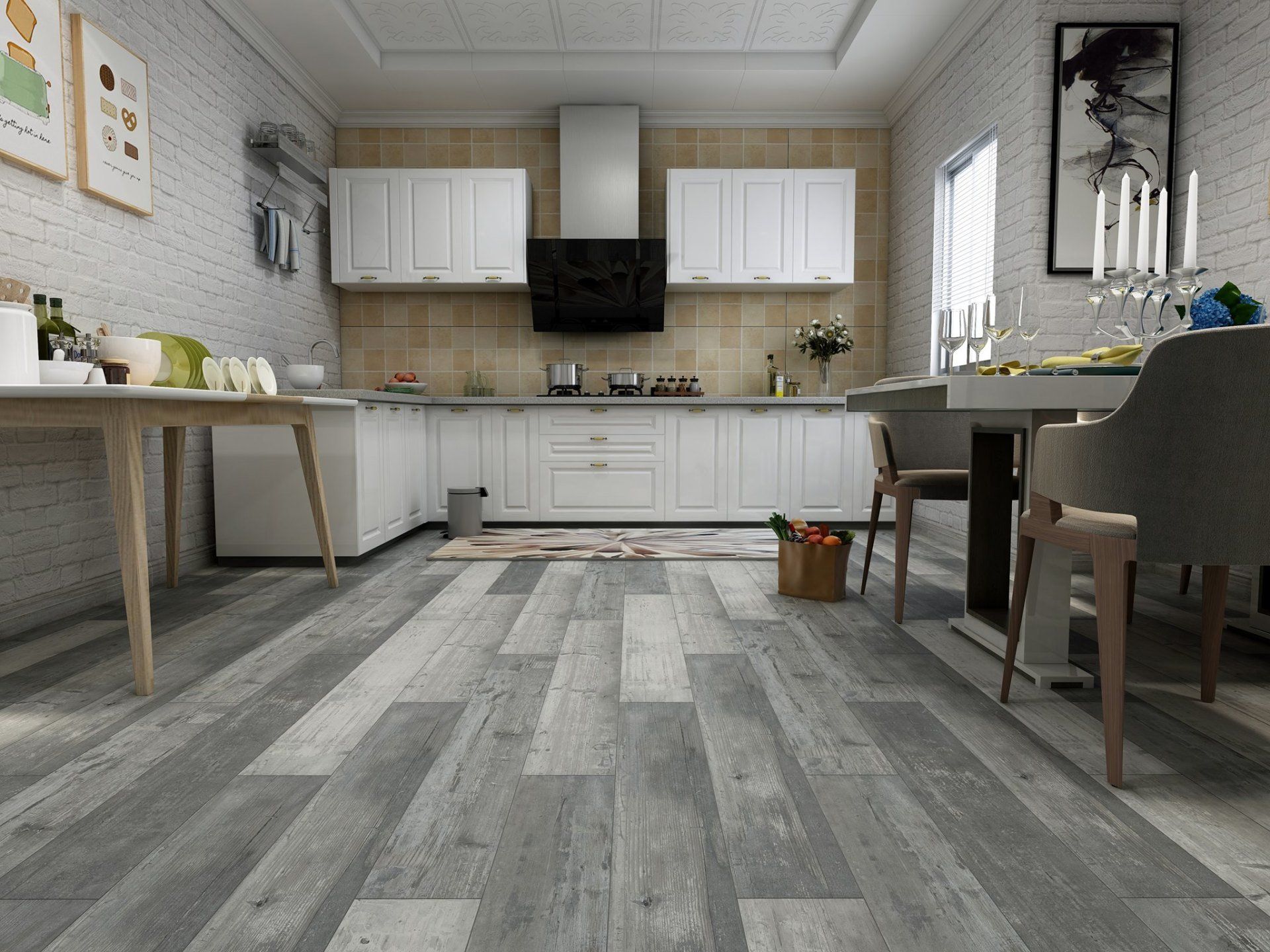
Laminate flooring appeared on the market in the 1970s. Chemical industry Perstorp AB Holdings gets the credit for introducing the first range of laminate flooring in 1984. The product, called Pergo, took the decorative laminate commonly used on kitchen countertops and brought it to floor surfaces. Pergo floors were first found in Europe, where their product became the biggest flooring innovation since the 1960s cushioned vinyl launch. These vinyl floors were most commonly seen in household kitchens. Pergo laminates reached the American market in 1993 and attracted a lot of fanfare. Customers loved that laminate flooring gave them the look of hardwood floors at a reasonable price. However, early laminate floors didn’t look fully realistic. Their fake looking finish would rarely pass for real wood.
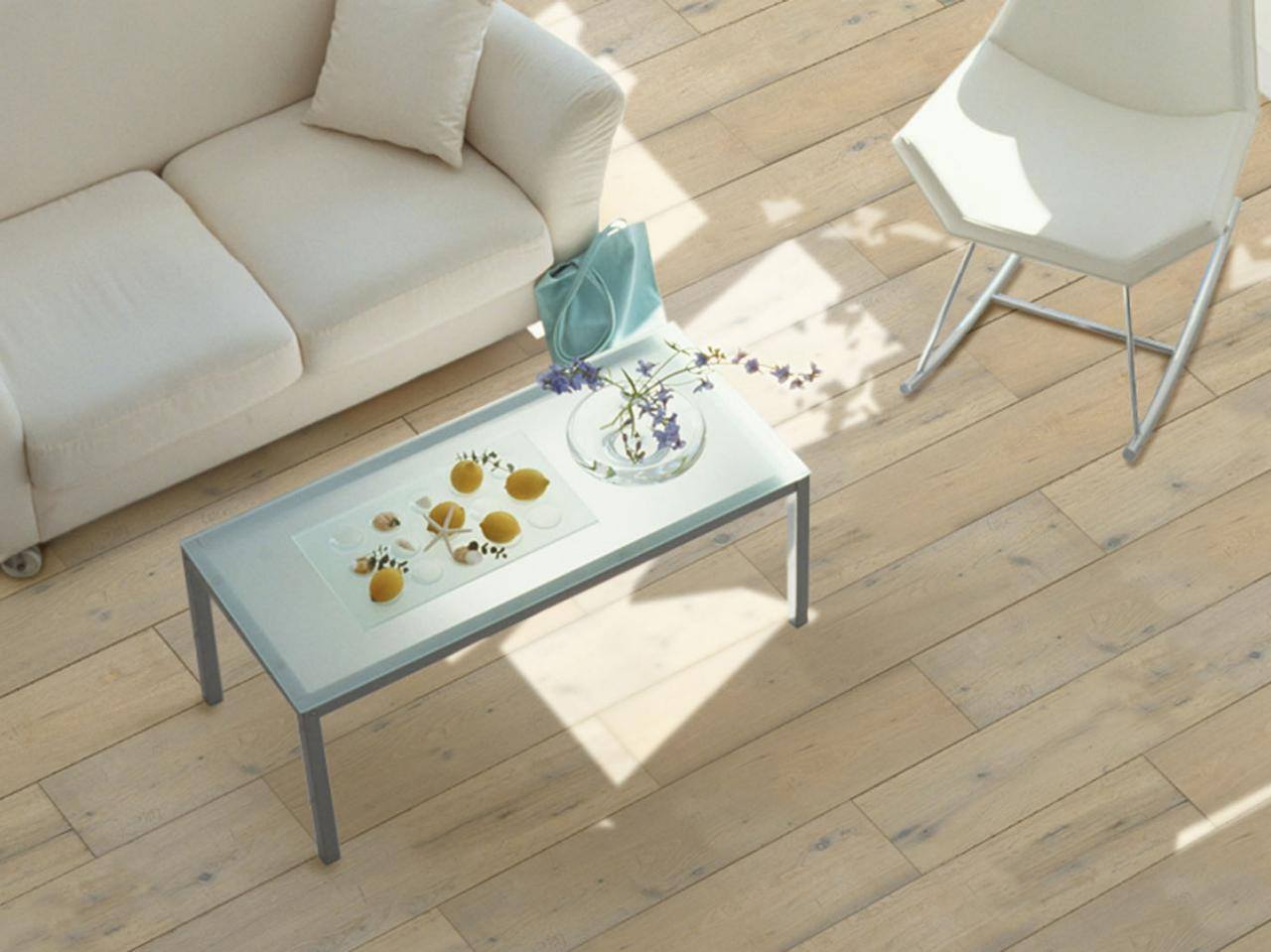
Laminate flooring is a multilayered flooring system. “What is laminate flooring made of?” Here’s a quick explanation. Image via Flicker by BluebearsLair A HDF backing layer forms the laminate floorboard’s base. This layer works to resist moisture that could cause the board to lose its shape and swell up. A wood grain image design layer sits on top of the inner layer. The design gives the laminate flooring its distinctive look. The design on this layer typically mimics wood or another popular material. Some image design layers are also textured to enhance their look. A wear layer tops off the laminate board. This layer protects your laminate flooring from scratches, fading, and damages from the top. This layer also typically has aluminum oxide in its layer to reduce wear and tear that may appear over its life span. Laminate floorboards have a click and lock system, eliminating the need for glue, nails, and other fasteners. These floorboards “float” on top of the subfloor, expanding and contracting with your home’s humidity and temperature levels.

Design advances include the addition of realistic V- grooves and distressed finishes that take the look of laminate floors to another level. Advanced techniques add textures to laminate flooring which can make the flooring look like a particular wood grain and feel more realistic. Technology has improved the layers of laminate flooring much over the years. New improvements in the board core, which impacts durability, stability, and resistance in the under layer, which absorbs noise and imperfections in the subfloor have helped to make laminated floors better. Installing laminated floors has never been easier. The locking systems that made laminate flooring so revolutionary have also improved, making them even easier for the DIY market.
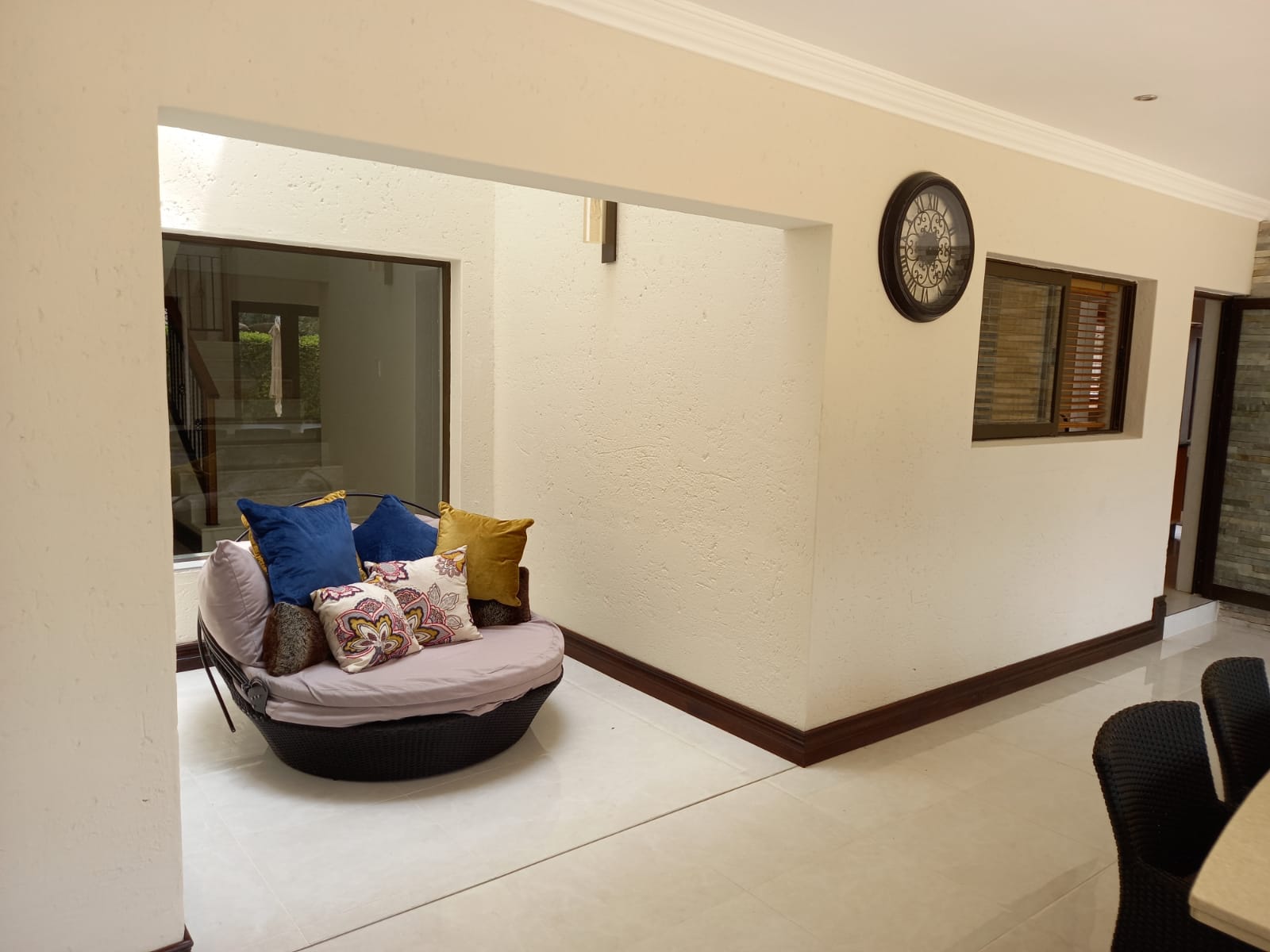
Laminate flooring history has lead us up to its recognition today as a popular choice for consumers — a low maintenance, durable alternative to traditional hardwood floors. Tongue-and-groove edges fit together with a click-locking system, a process that makes them easy for DIY market You don’t need to use nails or glues: Snap the floorboards together, tap them into place with a hammer or tapping block, and you’re good to go. Laminated flooring is easy to install, with the right tools and skill you can transform your home into a modern trend with style and warmth that suits your taste.
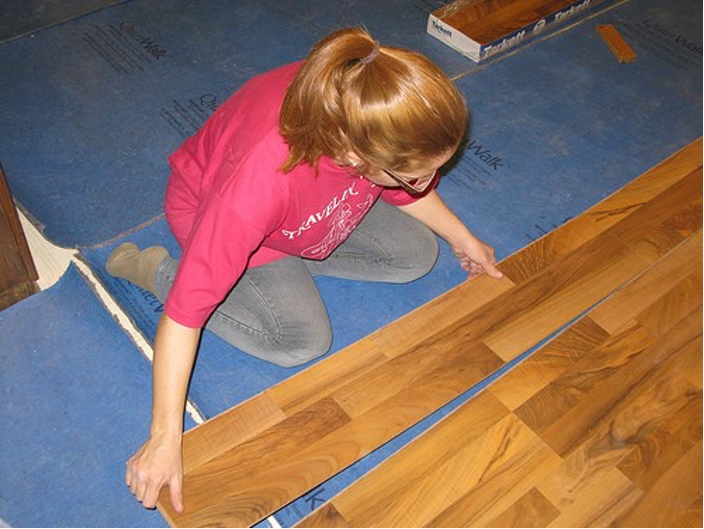
Before installing laminate flooring in your home you should contact a professional to come and assist you with important facts that can harm your laminated floors in the future. Here are a few key factors you need to know. See to it that your subfloor is in a good condition with no structural cracks that can damage your laminate floor over time. Make sure your subfloor is level before installing your floor boards. If your subfloor is not level you should get an expert to level your floor with self leveling screed. Very important is to test your floors with a moisture meter before you have you’re under felt and laminated flooring installed.

